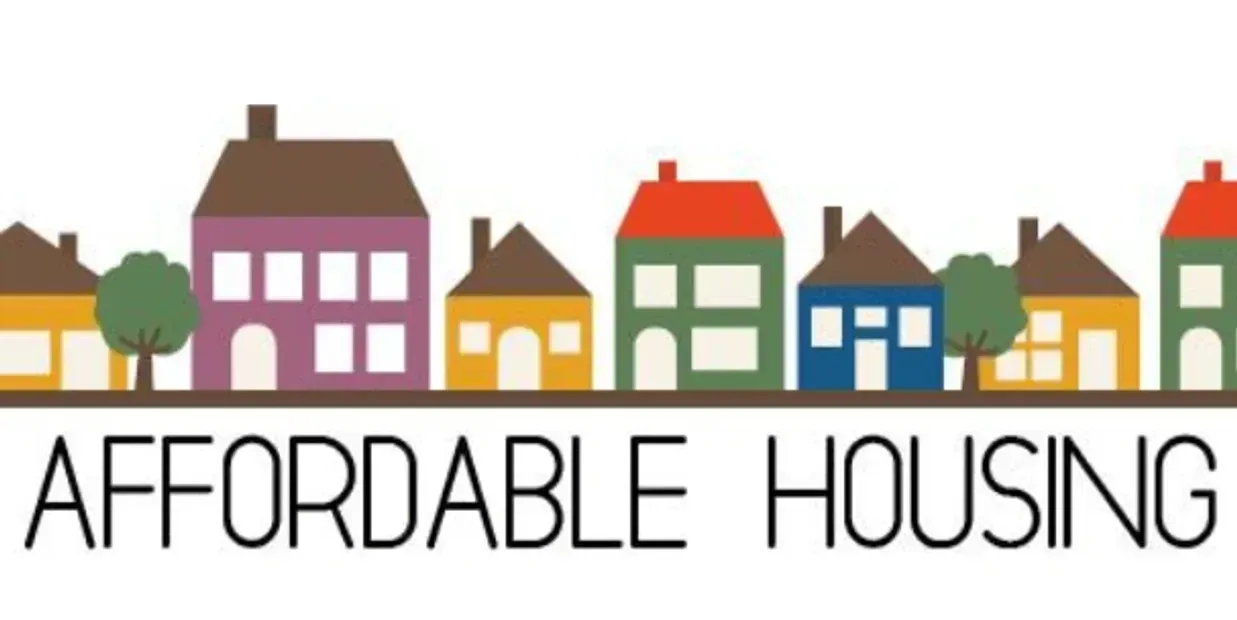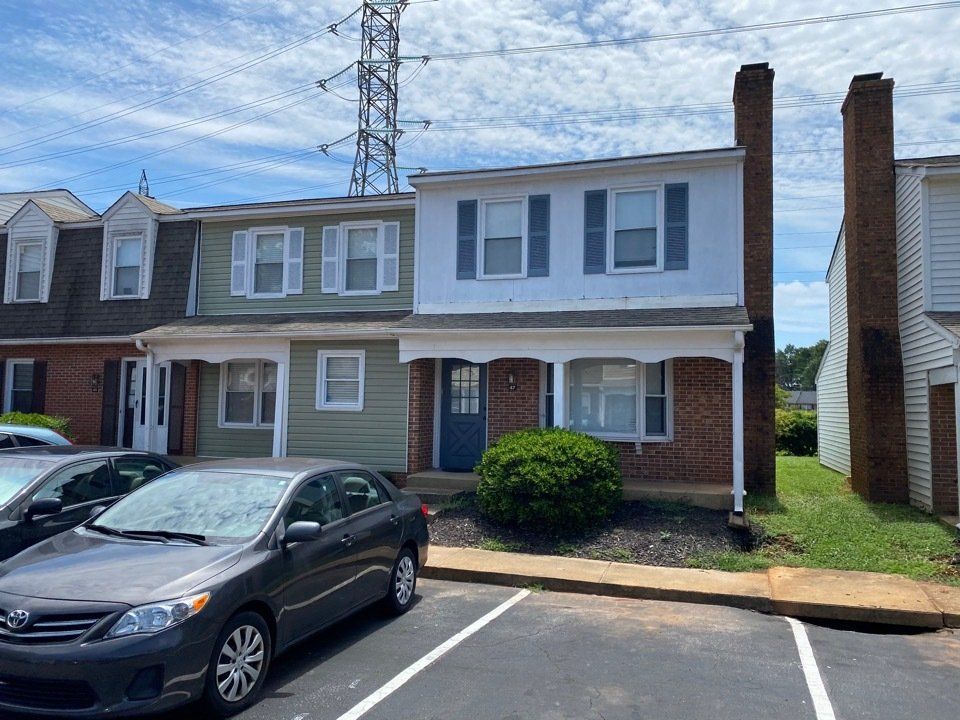BLOG
Affordable upstate
Taking a look behind what Greenville is doing with affordable housing
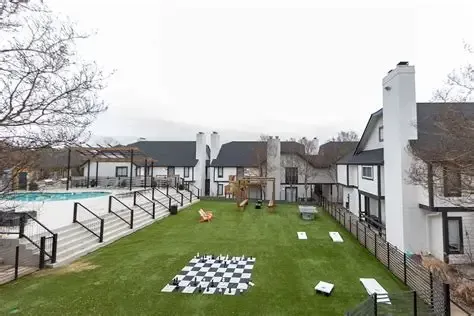
Affordable housing is a major buzz word in the Upstate right now. As people move in, it creates more demand for housing of all kinds. And with a short supply of available housing, that has created a major increase in prices.
As a lifelong resident of the Upstate (save for my college years), I am often surprised and alarmed when I see the prices of houses on Zillow and other listing services. For someone who works heavily in the affordable housing sector, it could feel discouraging, but there is a lot to celebrate.
Here are five major positive developments in affordable housing in Greenville that have happened in the past six months.
1.New Affordable Housing Projects Opening & Underway: There are several new developments that are delivering affordable housing units for those earning low and moderate incomes:
- The Riley at Overbrook: 88 affordable units have opened in the Overbrook neighborhood. These serve renters making 20–60% of the Area Median Income (AMI), with some units reserved for households under 30% AMI.
- Southpointe Senior Residences: A project exclusively for seniors (55+), with 90 one- and two-bedroom units. Preleasing is expected to begin in December 2025.
- Southernside Senior East (and West coming soon): This project is adding 93 units for low- and moderate-income seniors, with many amenities. Construction is underway.
- The Alliance: Located near Laurens Road and Ackley Drive, this project will create 100 fully affordable units (serving families earning up to 60% AMI), plus some commercial space.
These developments don’t just create units, they provide a variety of housing types (senior housing, family units, different AMI levels), helping address needs across the savings/earnings spectrum.
2.Flexible & New Funding Tools & Incentives: Greenville has been aggressive about using funding tools and incentives to make affordable housing viable.
- Low-Income Housing Tax Credits (LIHTC) have been used to fund multiple recent projects (The Alliance, Southernside Senior, Summit House renovation) bringing in tens of millions in investment.
- The City committed $2.5 million annually to the Greenville Housing Fund (GHF) for several years. That gives local affordable housing developers stable backing.
- Using tourism/accommodations taxes for affordable and workforce housing is a newer money source. This was made possible by state law.
These tools help bridge the financial gaps (land, construction, operations) that often make affordable housing difficult to build in fast-growing, rising cost markets like Greenville.
3.Strategic Planning & Policy Commitments: Greenville isn’t just reacting; it’s planning. The city has put policies in place aimed to ensure future growth doesn’t leave people behind.
- GVL2040 Comprehensive Plan: Among other goals, this plan aims for at least 10% of all new housing in the city to be income-restricted (i.e., affordable), up from current levels.
- The City has updated its development code to include affordable housing incentives: things like bonus density or height for developments that include affordable units, waived fees, expedited permitting, and more.
- Large land purchases to protect neighborhoods and set aside land for future affordable housing development: e.g., acquisition along Church Street / the Haynie-Sirrine area to resist speculative development and hold land for affordable uses.
This kind of forward-looking work is essential to avoid housing shortages, displacement, and rising costs that price many people out.
4. Focus on Deep Affordability & Special Populations
It’s not only about building more housing, but ensuring it's affordable to those who need it most, and designing it with varying household types in mind.
- Several projects set aside units for very low income households (20–30% AMI). For example, The Riley at Overbrook includes units for those at ≤30% AMI.
- Projects for senior citizens, a group often underserved in affordable housing, have made real headway: Southernside Senior East, Southpointe Senior Residences, Summit House, etc.
- Also intersecting with services: some developments include supportive services, amenities, and community spaces, not just units. For example, Mercer Housing’s Belvedere in Mauldin includes onsite services for wellness, academic enrichment, and more.
Ensuring deep affordability is harder (lower subsidies, more financial risk), so these are especially encouraging.
5. Preservation & Land Banking
It’s good to see that Greenville isn’t only building new affordable housing, but working to preserve what already exists and secure land for future needs.
- Preservation / Rehabilitation: The Summit (senior complex downtown) will undergo renovation of 101 units so they remain safe and affordable.
- The Greenville Housing Fund has also acquired land for future affordable and workforce housing via its land bank. Land banking can reduce acquisition costs and give more flexibility.
- Policies or practices like waiving fees, grants to renovate existing affordable homes, etc., help retain affordability and prevent loss of units. Taken together, these positive developments show a multi-pronged approach: building new units, preserving existing ones, applying policy tools, targeting deep affordability, and investing in planning. Greenville is not only responding to its affordable housing shortage but working proactively to shape growth in a way that keeps housing options open for more people.
